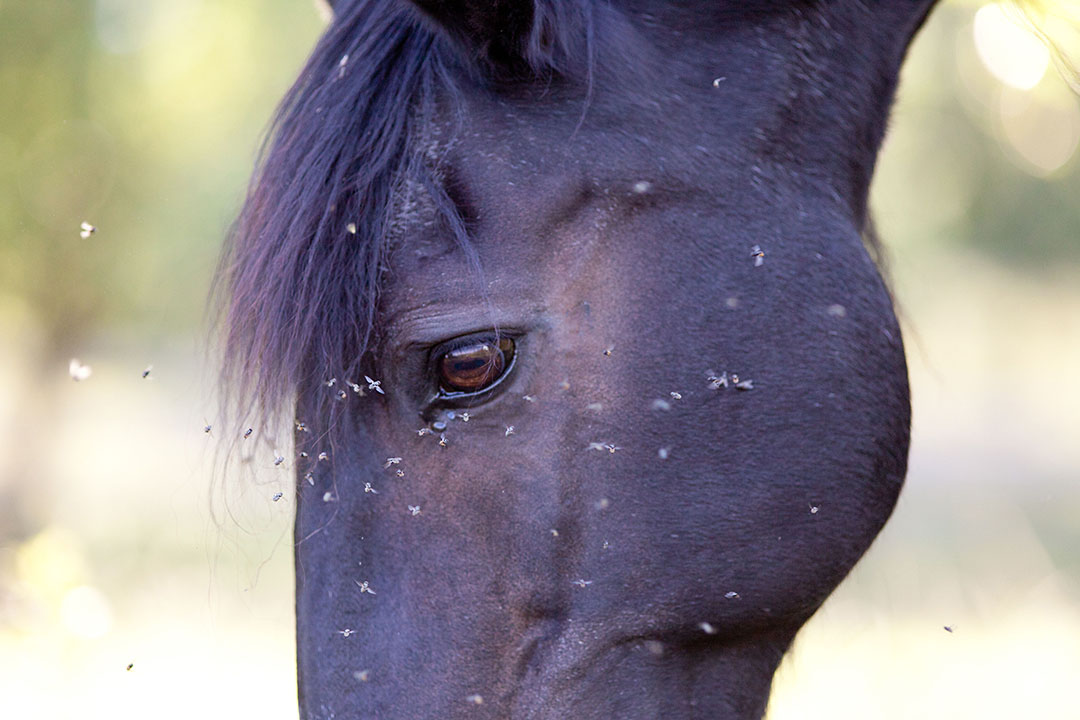Part of the reason for the lack of research in this area has been the concerns about inadequate quantities collected, environmental impacts and the spread of pathogens, which has contributed to the preferred utilisation of farmed insects.
Affordable and sustainable protein sources
However, by harvesting certain pest species from intensified agricultural operations, a team from Kansas University, USA, believes that producers could provide their animals with affordable and sustainable protein sources while reducing pest populations.
Nutrition content of pest flies
The study explored the possibility of collecting large quantities of pest flies from livestock operations and analyses the flies’ nutritional content, potential pathogen load and various disinfection methods. Using a newly designed mass collection trapping device, they collected 5kg of biomass over 13 weeks. These were primarily house flies, from a poultry facility. While a substantial number of pests were removed from the environment, there was no reduction in the fly population.
Comparing bacterial communities
Short-read sequencing was used to compare the bacterial communities carried by flies from differing source populations, and the bacterial species present in the fly samples varied based on farm type and collection time. Drying and milling the wild-caught flies as well as applying an additional heat treatment significantly reduce the number of culturable bacteria present in or on the flies, though their pathogenicity remains unknown. Importantly, these disinfection methods did not affect the nutritional value of the processed flies.
Further studies needed – but data promising
The research team say further studies are necessary to fully assess the safety and viability of integrating wild-caught insects into livestock feed. However, the data shows promising results in favour of such a system. Large quantities of flies can be collected without disturbing the natural insect populations, indicating a sustainable alternative source of protein.
Future studies should also include toxins, digestibility and further pathogen reduction. For example, other noteworthy pathogens that also use house flies as vectors, include parasites, especially protozoal parasites, such as Cryptosporidium spp and viruses. Addressing these safety concerns fully while also optimising the collection methods will be essential in realizing the full benefits of this circular agriculture approach.
